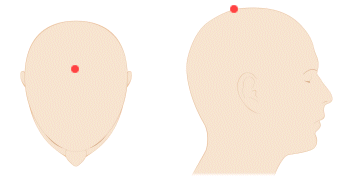Nothing fails like success because we don’t learn from it. We learn only from failure. ~Kenneth E. Boulding
Want to become an admired and successful martial artist? It’s easy: just find a style and dojo where the rules favor your natural traits and talents, and insist that everyone follows the rules.
Do you have long legs and flexible hips? Try sport Taekwondo.
Overweight? Take up Tai Chi or knife fighting.
Prefer horizontal combat? Enroll in a BJJ class.
If this sounds like ridiculous advice, it is because you expect more than comfort and fraternity from your martial art. You want a practice that enables you to grow, and to realize your latent potential. Martial arts are supremely useful for this purpose because, at their most basic level, they have no rules; with no impermissible attacks, no fault is too small to remain uncorrected.
How to Become a Failure
Immanent success in martial arts is always a simple matter of lowering your standards. Failure, in contrast, becomes increasingly difficult to achieve. And as the opportunity for failure decreases, the rate of learning slows.

Progress in martial arts tends to follow a logarithmic curve. When a ten-year veteran of the arts possesses only three years worth of skill, it is probably because they long ago exhausted their opportunities to fail.
There are many ways for a student to increase their failure rate.

 Steps
Steps


